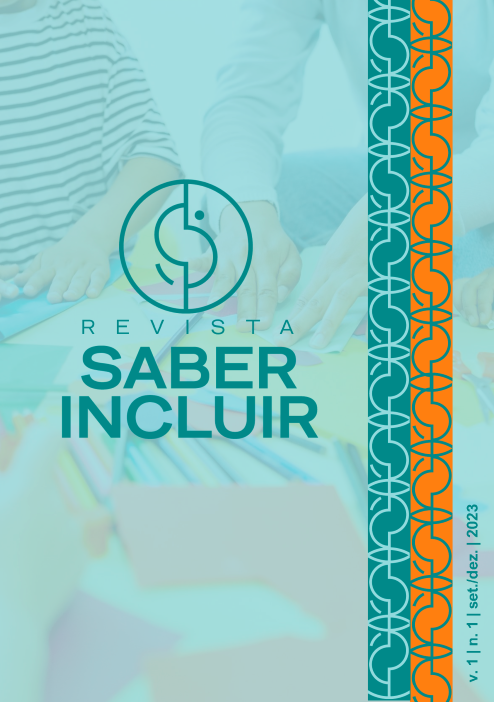BILINGUALISM IN SIGN LANGUAGE
Deaf Brazilian children learn ASL – American Sign Language with deaf teacher
Keywords:
ASL, Language teaching and learning, Libras, DeafAbstract
This article is part of a project that was carried out at the daycare center of APADA - Association of Parents and Friends of the Hearing Impaired, in Niterói - Rio de Janeiro. Project created by director Luciane Rangel Rodrigues together with the teacher who taught American Sign Language – ASL classes, in 2006, to deaf children aged between 5 and 7 who had already mastered Brazilian Sign Language – Libras, and were still in the process of learning the Portuguese language. In the same way that hearing children study English as a school subject, deaf children can also learn another foreign language as a sign language, which may be in the visual-spatial modality. Methodologically, materials were prepared to compare and understand the differences between Libras and ASL. Visual teaching materials were also used, such as posters, placed on the wall, in addition to practicing conversations in different contexts, helping the student to perceive and understand what was being said. No loose signs were taught, but rather within contexts in which the teacher, also deaf, talked to the students. The program contents were created together with a teacher who mastered ASL. The results clearly demonstrated that, as it is a visual language, children can easily learn ASL.
Downloads
References
BRITO, Lucinda Ferreira. Integração social e educação de surdos. Rio de Janeiro: Babel, 1993.
GOLDFELD, Marcia. A criança surda: linguagem e cognição numa perspectiva sócio-interacionista. São Paulo: Plexus, 1997.
GROESJEAN, Francois. O direito da criança surda de crescer bilíngue. Suiça: 2021.
SACKS, Oliver. Vendo Vozes: uma jornada pelo mundo dos surdos. Rio de janeiro: Imago, 1989.
QUADROS, Ronice Muller de. Educação de Surdos: a aquisição da linguagem. Porto Alegre: Artes Médicas, 1997.
VYGOTKY, Lev Semenovich. Pensamento e linguagem. São Paulo: Martins Fontes,1989.





